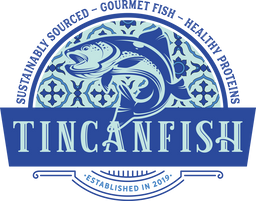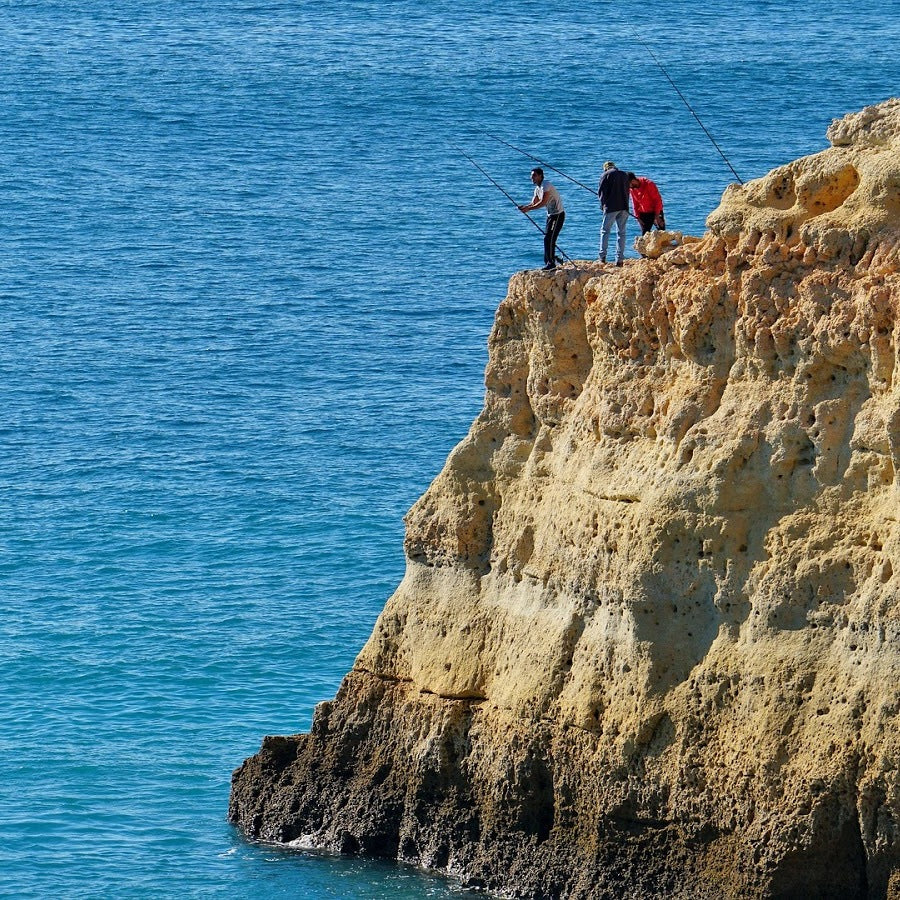For over a year now, most of us have barely dared to dream of traveling to faraway places. With so much uncertainty, fear, and politics surrounding the pandemic, it has been hard to imagine the future from month to month let alone make big plans for holiday vacations and cultural exchanges.
But according to the NPR, over half of American adults now have their first vaccine shot. Communities are relaxing restrictions. People are hugging their grandparents again and buying plane tickets.
Are you dreaming of the coast of Portugal? Salivating at the thought of Iberian recipes chock full of fresh seafood?
Swimming along the northern and southern shores of Portugal are incredible and delicious fish. It’s worth getting acquainted with these creatures whether you’re scheming a trip or simply experimenting in the kitchen at home. As an added bonus, almost all of these awesome varieties are available wherever you live - not just for those who live in Europe. Fish like sardines, tuna, hake, and mackerel can be found from brands like BELA, Minerva, Porthose and Jupiter.
Sardine
When talking about the fish of the coasts of Portugal, there’s no better place to start than sardines. These fish may be sleek and small, but their economic and cultural importance in this part of the world is gargantuan. Sardines are widely available. They are a great source of protein and minerals, and according to one cannery official are the “third marvel of the country, after soccer and sunlight”.
Atlantic Mackerel
“Mackerel” is a name that is broadly used to identify a whole group of fish in the family Scombridae. They are “open-water” fish that aren’t swimming in the deep trenches or right off the shore. There is a lot of variation in size when comparing different species of mackerel, but the Atlantic mackerel, which swims in the Atlantic waters near Portugal, is usually between .98 - 2 feet long. This is a highly commercial species of fish, and it is prized for its taste and nutritional value. Even though over 1 million tons of mackerel are caught each year, the global catch is currently regarded as sustainable. The IUCN lists the species under “least concern”.
Tuna
This “king of the sea” is exactly that - a massively sized and massively beloved fish. Some species can grow to be over 1,500 pounds. And in the U.S. alone, people consume about 1 billion pounds of tuna per year. The only foods that exceed tuna cans in shelving space at most grocery stores are sugar and coffee.
Unsurprisingly, this level of tuna consumption has led to excessive stress on ecosystems, unsustainable fishing practices, and the near-extinction of particular tuna species.
So when you set out to make a Portugese tuna salad dish, make sure you are buying tuna from companies that are harvesting, farming, and selling in sustainable ways.
European Hake
The European hake, also known as the cornish salmon and the herring hake, is a very popular culinary fish in Europe. It’s isn’t only swimming in the waters of Portugal, but has a broad range of territory stretching from Norway to Mauritania and across the Mediterranean sea.
To follow along with one Portuguese family’s preparation of hake, you’ll notice it is an accessible recipe - simple and made with items you probably already have in your panty such as olive oil, garlic, salt, and pepper.
Cod or Bacalhau
Want to strengthen your bones and teeth? Cod is the fish for you - packed with phosphorous, selenium, and vitamins B12 and B6, your body will delight in the nutritiousness of this meal.
Traditional bacalhoada or bacalao is a Portuguese salt cod stew. It’s a dish that has garnered worldwide admiration. In addition to cod, the recipe combines potatoes, onions, hard-boiled eggs, olives, and a generous amount of olive oil, too.
Squid
Bobbing around the coastline, these three-hearted cephalopods are a wonder to behold in the water and a delicacy to enjoy upon the dinner table. Squid is sold on a local level at coastal fishing villages like Ayamonte and Monte Gordo. It’s enjoyed throughout the world too - under the nomme de plate of “calamari”. Many regions all along the northern and southern coast of Portugal have distinct dishes that are specific to their particular part of the landscape.
Shop SquidBrown Crab
You’re right - crab isn’t a fish, it’s a crustacean. But this gill-breathing creature crawls along the coast of Portugal and is an important culinary player in local seafood cuisines. And crustaceans play into the stats that place Portugal as the eighth biggest seafood consumer worldwide.
Sapateira Recheada, or Portuguese Stuffed Crab, is an especially sweet and satisfying dish that can really capture the summertime seashore vibes - no matter how landlocked you may be.
Conclusion
Along with incredible recipes to try at home, and sights and tastes to experience in real life, the fish of this part of the world are more than simply food to eat. Often, there are incredible examples of folklore, popular songs, and artwork that center these creatures and the way our lives are intertwined together.
Ultimately, the more you learn and appreciate the fish of the Iberian coast, the more you understand how connected we are to the places we love, live, and visit. This is why sustainable practices of fishing and responsible choices in lifestyle and travel are critical aspects of our engagement - off-shore, along the coast, and with the future in mind.


